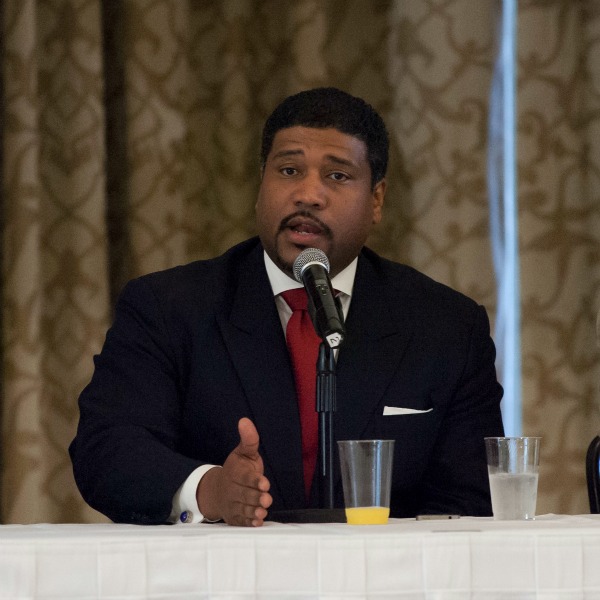Advancing Diversity in Higher Education: A Game of Strategy, Challenges and Patience
by Dr. Denise O'Neil Green | July 30, 2013 10:00 AM

For the past several months, I have posted three blogs that address questions related to diversity in higher education (See Question 1, Question 2, and Question 3). They grew out of my participation as a panelist, along with Andrew Adams, III, JD and Damon A. Williams, PhD, for an event celebrating the 25th anniversary of the Office of Academic Multicultural Initiatives (OAMI) at the University of Michigan. The theme for the event was "Reflections on Diversity and Excellence – OAMI Through the Years". This fourth post concludes the series with a focus on challenges to advancing diversity in higher education. Infusing equity, diversity and inclusion into a postsecondary organization is similar to playing the game of chess. One must be very patient, strategic, and have many different pieces in place for a campus to implement and gain the benefits of diversity. However, challenges to advancing equity, diversity and inclusion range from demographic and legal issues to curricular and fiscal concerns.

Demographic and Legal Challenges: As the demographics of North America change and become increasingly diverse, a diverse student body, faculty and staff will become more critical for colleges and universities to provide the learning environment necessary to advance inclusive excellence and produce graduates who are ready to enter a global marketplace and participate in a diverse democracy. Achieving this type of diversity is easier said that done. While there has been modest success increasing the diversity among students, improving the diversity among faculty and staff remains a daunting challenge. Unfortunately, the diversity among faculty is concentrated among the ranks of part-time, contract, and adjunct instructors. The recent U.S. Supreme Court decision for Fisher v University of Texas at Austin underscores that universities must be on alert in devising approaches, whether for students/faculty/staff, that past constitutional muster while advancing racial/ethnic diversity.
Curricular Challenges: According to the Higher Education Research Institute (HERI) increasingly, faculty believe it is their role to teach their students about diversity. A study conducted by the American Council on Education (ACE) and the American Association of University Professors (AAUP) reported that more than two-thirds of faculty members responding reported that students benefit from learning in a racially and ethnically diverse environment. In addition, more than 40 percent noted that diversity provides interactions important for developing critical thinking and leadership skills. Many argue that infusing diversity into the curriculum should be a priority; however, institutional values such as academic freedom coupled with faculty’s limited knowledge and ability to infuse diversity/cultural competency into their own courses serve as major road blocks. Learning and teaching offices should take this on as a core responsibility. Since many faculty turn to these offices for guidance, these offices should work with faculty to devise strategies that encourage more diversity in the curriculum without being burdensome.
Fiscal Challenges: Obviously colleges and universities are facing many fiscal barriers and challenges which impact the entire enterprise. Equity, diversity and inclusion initiatives are often funded by both base dollars and external funds (donations, foundation gifts, state and federal grants). It has been my experience, along with colleagues, that when external dollars go away, the services and programs also go away or are drastically reduced. This happens because institutional leadership did not work towards institutionalizing these efforts, thus they get lost in the shuffle among competing priorities.
Several highly selective institutions have pledged to provide greater financial aid to admitted students from low-income families. Many deserving students have benefited from this assistance. However, as these students matriculate, more resources must be earmarked for viable access and success efforts to make good on the initial investment.
While I only noted a few challenges and possible solutions, there are many more challenges to address. Some are dictated by organizational culture, geography, demographic trends, etc. As you reflect on the questions below, consider the pressing EDI challenges of your post secondary organization, and join the conversation by adding your comments below*. I'd love your input.
What do you see as the most pressing challenges for advancing diversity in higher education in the future? What ideas do you have for addressing these challenges?
*Note: You will need to register for an Institutional Diversity Blog account in order to comment, but you can get started right away by clicking here, or visiting our FAQ page for more help. Also, check out this video on "Registering for an Account on The Institutional Diversity Blog".
Additional Note: Dr. Damon A. Williams is also author of Strategic Diversity Leadership: Activating Change and Transformation in Higher Education and co-author with Dr. Katrina Wade Golden of The Chief Diversity Officer.
Source URL: https://institutionaldiversityblog.com/advancing-diversity-in-higher-education/